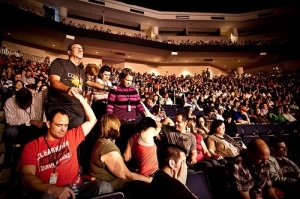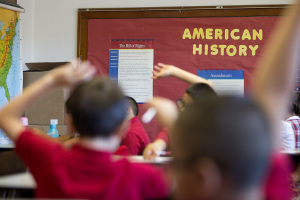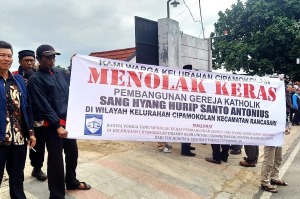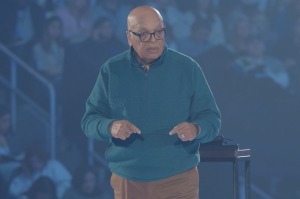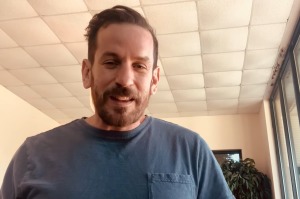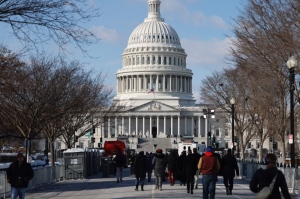Powerful earthquakes kill at least 62, destroy hundreds of homes, buildings in Japan

Japan is grappling with a devastating series of major earthquakes that have claimed at least 62 lives, injured dozens and led to widespread destruction. Prime Minister Fumio Kishida, addressing an emergency disaster meeting, emphasized the urgency of rescuing those affected, particularly those trapped under debris.
The quakes, with the largest measuring 7.6 in magnitude, struck Japan’s west coast Monday, even shaking buildings in Tokyo, over 180 miles away. The epicenter was located on the Noto peninsula, jutting into the Sea of Japan, where most casualties and injuries were reported, according to media reports, which revealed grim scenes of bodies being extracted from the ruins of collapsed buildings, with many still missing Tuesday.
The meteorological agency has warned of potential aftershocks in the coming days.
Coastal residents, despite lifted tsunami warnings, have been advised against returning home, The Guardian reported, adding that public broadcaster NHK-TV initially warned of possible high tsunami waves, leading to widespread evacuations to safer buildings like sports halls and schools.
Reuters reported that a 3,000-strong rescue team is working in the quake-hit areas. Officials warned Tuesday that more aftershocks and quakes could occur in the days ahead.
The Noto peninsula, the hardest-hit area, saw significant challenges in rescue efforts due to severely damaged infrastructure. Over 1,000 army personnel have been deployed, but their operations are hampered by blocked roads and a local airport closure caused by cracks on the runway.
In Wajima city, fires raged into Tuesday morning, leaving over 100 homes and buildings in ruins, the newspaper said, and cited the Kyodo news agency as reporting at least 15 fatalities in this city alone. The Asachi-dori street area, known for its wooden buildings and popularity among tourists, was among the worst affected, though specific details on casualties and damage remain unclear.
Suzu city Mayor Masuhiro Izumiya described the situation as catastrophic, with up to 1,000 houses possibly destroyed, according to Reuters.
In Nanao city, many residents are either missing or believed to be trapped. Transportation in the region, including bullet trains and flights, was suspended on Tuesday. Major highways are closed, and water supplies are disrupted in some areas due to burst pipes. Mobile networks also suffered damage but are gradually being restored.
Prime Minister Kishida, in a disaster relief outfit, highlighted the challenges in accessing the northern Noto peninsula.
Around 120 people await rescue, and many rail services and flights into the area are suspended. Over 500 people were stranded at Noto's airport, now closed due to damage.
U.S. President Joe Biden expressed solidarity, offering necessary assistance to Japan.
This earthquake is Japan’s deadliest since the 2016 Kumamoto earthquake.
Despite no reported radiation spikes or abnormalities at over 20 coastal nuclear reactors, the disaster raises concerns, especially in the wake of the 2011 Fukushima Daiichi plant meltdown.
The AP quoted Toshitaka Katada, a disaster expert, as praising the Japanese for their readiness while cautioning that the situation remains unpredictable.
















